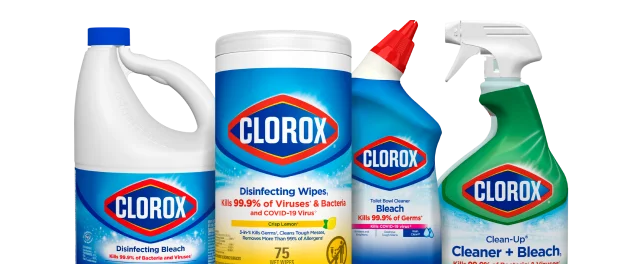Preventing Measles Transmission in an Outbreak

Measles is a highly contagious virus. Learn about how measles is transmitted, how a measles outbreak spreads, and about measles prevention and treatment.
Helping Prevent Measles in an Outbreak
What Is the Measles Virus?
The measles virus is a highly contagious infection that demands considerable preventive actions. Until recently, measles had become rare in the United States, but in the face of several domestic measles outbreaks, it’s important to understand what measles is and how we can help prevent the spread.
Measles Symptoms
Measles is a viral respiratory that often manifests in patients in many different ways.
Measles symptoms may include:
- Fever
- Cough
- Conjunctivitis (swelling of one or both eyelids)
- Coryza (inflammation of the mucous membrane in the nose)
- Maculopapular rash (a type of rash characterized by a flat, red area on the skin that is covered with small confluent bumps)
For most people, the measles rash first appears about 14 days after exposure to a person infected with the virus, but it can take as long as 21 days to appear. People are the most contagious four days before and four days after the rash appears.
One of the toughest things about controlling measles is in how the disease spread. Measles spreads quickly and is highly contagious — nine out of ten people exposed and susceptible to the virus will develop the measles infection. The good news is that we can help prevent infection through the measles vaccination, which is both effective and easy.
How a Measles Outbreak Spreads
In the face of an outbreak, we must also explore other effective ways to prevent the spread of the measles infection. It is transmitted through two ways — inhalation of the airborne measles virus (after an infected person coughs, sneezes or breathes) or direct contact with infected droplets. While most people focus on the airborne dynamics of the disease, it’s crucial to remember the role of contact measles transmission. Measles spreads after an infected person coughs, sneezes or breathes the infectious droplets and they land on a surface. These droplets can remain contagious for several hours and are spread by touching them and then putting your fingers in your mouth, nose or rubbing your eyes.
Measles Prevention and Treatment
Since many of us can’t control the airborne spread of measles, there are two ways to prevent measles transmission. First, get the measles vaccine. Second, disinfect contaminated (or potentially contaminated) surfaces with a powerful disinfectant such as Clorox® Disinfecting Wipes.
People who are unvaccinated and/or immunocompromised (meaning they have a weakened immune system) are highly vulnerable to the measles virus and we can help protect them by getting vaccinated and reducing the potential for environmental measles transmission. Even if you have been given the measles vaccine and are not as worried about spreading it, disinfecting surfaces helps to keep you safe from other germs!
Visit the CDC website for the latest information on measles outbreaks and a full list of best practices for measles treatment.


